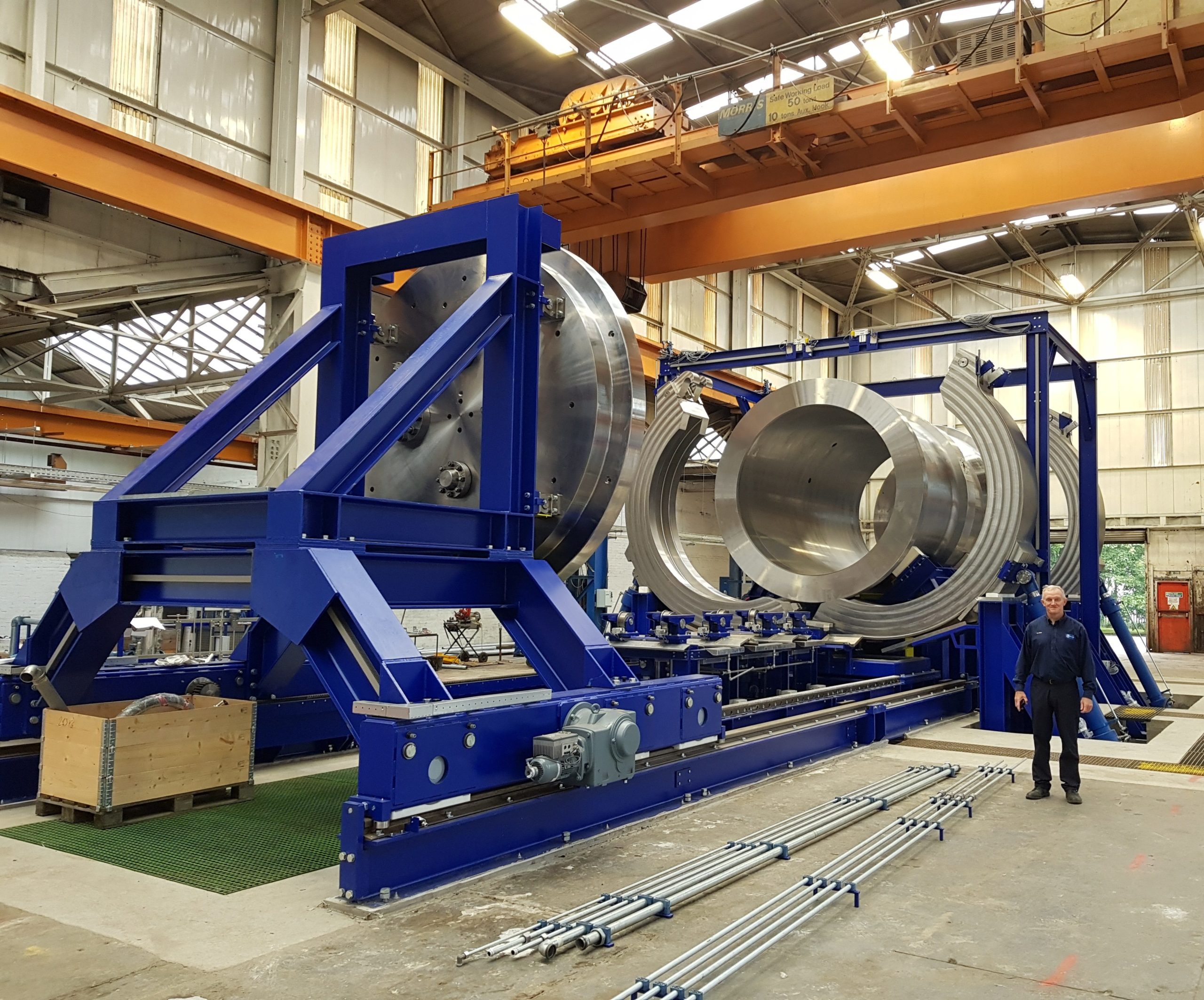Tyne Pressure Testing, a multi-million pound research and testing facility developed in the region by British Engines and Newcastle University, has successfully tested components in one of its hyperbaric chambers at depths of 12,000 metres (7.5 miles) below sea level. This is believed to be the first successful test of its kind in a commercial facility in the UK.
Currently in the testing and development phase the facility in Killingworth, Newcastle, will become fully operational and commercially available this summer. The facility will house nine hyperbaric chambers which are used to simulate water depths and pressures to verify that products can operate safely under extreme pressurised conditions.
Developed to verify electrical equipment for a manned submarine, which will explore the Mariana Trench, the chamber that successfully tested the equipment at depths of 12,000 meters is capable of simulating even higher depths of 13,800 meters and 20,000 PSI. The Mariana Trench is the deepest known point on earth at 10,944 meters (6.8 miles) below sea level.
Paul Smith, General Manager of Tyne Pressure Testing, said: “This is another milestone in the development of our deep water testing facility. This month our largest chamber (pictured above) successfully passed tests meaning that it can be commissioned towards the beginning of June ahead of our new facility’s launch. It is an important time for us and exciting that our recent testing means the North East will be able to say that it has helped explore the deepest known point on earth.”
The addition of this newly established chamber comes as Tyne Pressure Testing continues to develop its capabilities before its official opening. The facility’s accessible location within the north east will help to support the local economy whilst supporting the wider underwater sector by attracting custom from Europe and the rest of the world.
Tyne Pressure Testing is a local partnership pioneering the potential links between industry and academia, it benefits from the years of industry and engineering experience rooted in the North East through British Engines; as well as access to knowledge from one of the UK’s leading research universities, Newcastle University and funding from the North East LEP.
